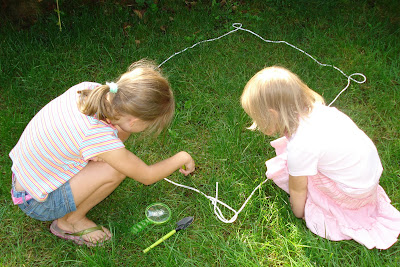Lots of the blogs I follow have already written about resources and tips for the festive season. Sometimes when I read them I do get a bit discouraged by how much time, energy and creativity everyone else must have apart from me. Then I remembered a verse from my Abiding Fruit Bible study that I'm doing this week with the Maximise Your Mornings challenge:
" Each of you should test your own actions. Then you can take pride in yourself, without comparing yourself to somebody else, for each of you should carry your own load." Galatians 6 v 4,5
It's hard not to compare yourselves with others, but everyone's situation is different, and everyone's stress tolerance levels are different. Here are some things to think about:
Stage of life: Perhaps some of us have very small children still, and a lot of energy is sapped in changing nappies or potty training or feeding or just mopping up messes and soothing grazed knees.
Situation: If you're like me, then you live in a foreign country far away from family. Often that means that just living daily life is more challenging and time consuming. Meals have to be made from scratch, craft materials are hard to come by, Grandma is not around the corner to help with the kids while you go shopping.
Character: Some of us are more energetic and social than others. I know for myself that, although I'd love to entertain more regularly, having guests round more than once every two weeks makes me exhausted and throws me off my schedule.
Health: Perhaps some of us have some health issues that drain our energy and make us want to retreat and sleep more.
The verses from Galatians encouraged me to stop looking at (and envying) other homeschooling mothers and just work out a happy balance in my own life that I can cope with. When the children are older hopefully we can do more things, but right now I'm in a season of life where I have to protect my energy levels.
So what are we doing for the advent season this year?
1) Advent calendars - we can't buy these here, but some friends in Germany sent us one each for the children. They love opening the doors and counting down the days.
 |
| Candle Ornaments from Truth in the Tinsel |
3) Advent candles - we have an advent wreath, and each Sunday we light the next candle and Dh reads a relevant passage from the Bible and we talk about some aspect of Christmas.
4) Carols and mulled wine - I'm sad that we can't buy mince pies or mincemeat here, but I did bring some mulled wine sachets back from England for our now annual Carols and mulled wine evening. Some time this month we'll invite several expat families round and enjoy fellowship together whilst singing Christmas carols at the piano and taking turns to read Christmas-related Bible passages.
5) Festive spirit - the children are looking forward to helping me decorate the house this weekend, and yesterday I put on a CD of Christmas children's music and we all danced around the room.
I hope you all have a fun and meaningful advent season in your homes this year :-)














































